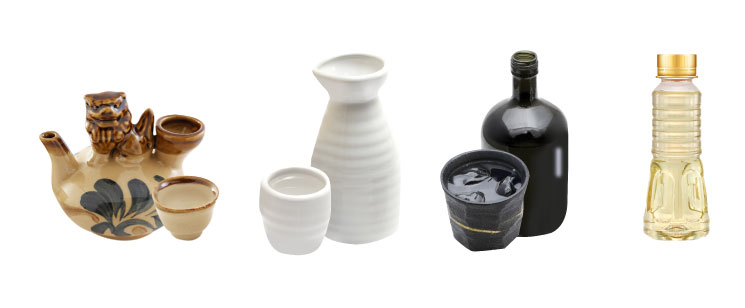By continuing to use our site you consent to our use of cookies to provide you with a better user experience.
Learn About the History and Culture of Kokushu
- #Sake
- #Shochu
- #Awamori
- #mirin
- #animal
- #distribution
- #360VR
- #GI
- #PRvideo
- #Animation
- #Omotenashi
- #VirtualTour
- #Manners
- #Tradition
- #Events
- #Ingredients
- #BasicKnowledge
- #Techniques
- #Culture
- #Movie
- #HowTo
- #HowToDrink
- #History
- #Rituals
- #Origin
- #Environment
- #Town
- #Climate
- #SakeSet
- #Sakagura
- #SakeMaking
- #Landscape
- #Food




